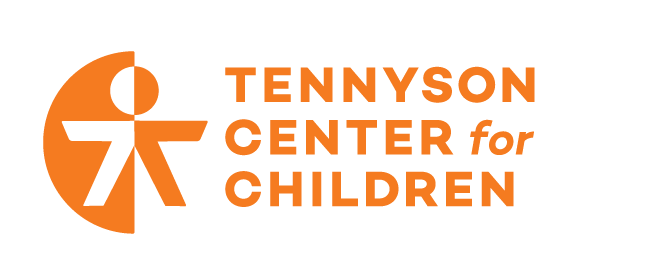Burn Out
Blog Written by, Amy Sevegny
This year has been a uniquely challenging time to work in a helping profession. Trauma Stewardship by Laura van Dernoot Lipsky has been my north star for noticing and managing burnout throughout my career and is especially relevant now. Below are 16 signs for trauma exposure response that I come back to time and again along with a few Trauma Stewardship inspired practices that help keep me grounded in times of uncertainty.
16 Signs from Trauma Exposure Response
- Feeling Helpless and Hopeless
- A sense that once can never do enough
- Hyper-vigilance
- Diminished creativity
- Inability to Embrace complexity
- Minimizing
- Chronic Exhaustion/ physical ailments
- Inability to listen/ deliberate avoidance
- Dissociative moments
- Sense of persecution
- Guilt
- Fear
- Anger and Cynicism
- Inability to empathize/ numbing
- Addictions
- Grandiosity: An inflated sense of importance related to one’s work
Trauma Stewardship inspired practices
- Get clear about my boundaries. I’m not able to communicate what I need unless I’m real with myself about what I can and cannot do. Setting boundaries is an act of caring. It’s the means by which I can show up more fully and authentically for people both personally and professionally.
- Ask for reassurance and perspective. I have a list of 3-5 people who I trust to tell it to me straight and I lean on them when I start to worry that what I’m doing is not enough.
- Make space for playfulness and fun. Kids have taught me so much about how to play and stay curious through hard times. I feel so much more energized when I find times in my week to play.
- Identify my points of control when things feel out of control. I can’t control what clients will want to talk about, what the weather will be like or how soon the pandemic will be over BUT I can control what time I go to sleep, what boundaries I set and where I’m putting my attention throughout the week.
- Find things I like or am grateful for about the people I work with. I double down on this if I’m starting to feel irritable with clients, co-workers or other professionals and it’s been one of the most helpful tools I have for working with compassion fatigue.





